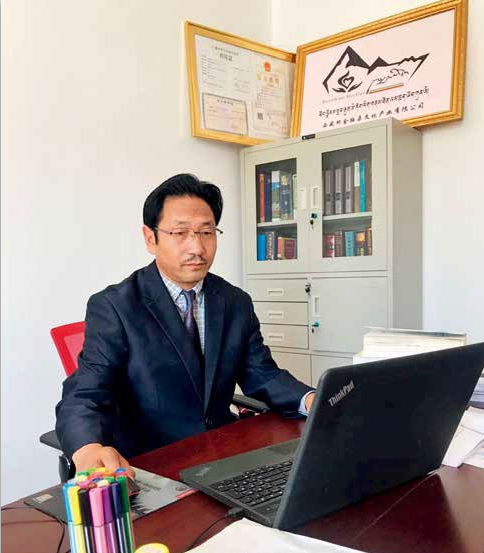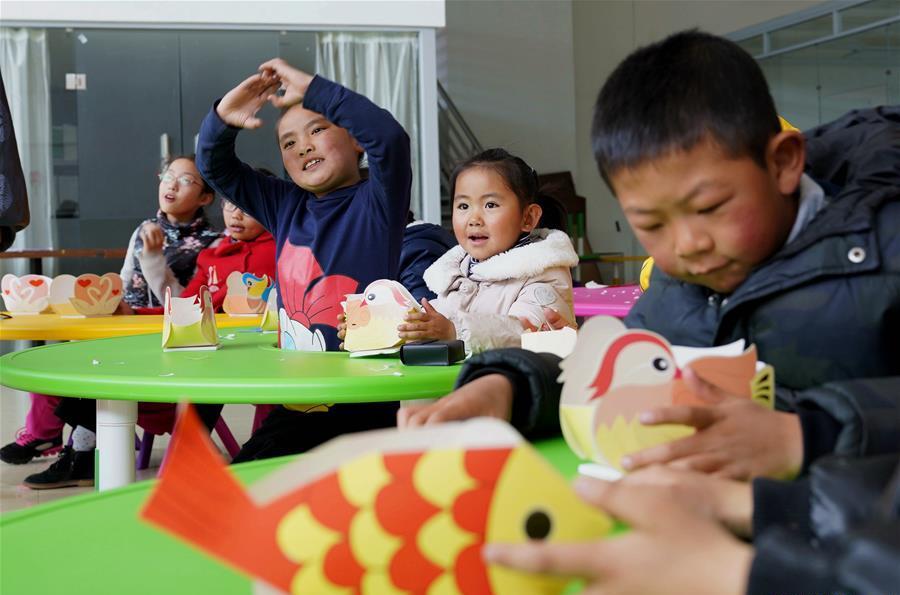Freedom of religious belief in Tibet is guaranteed: expert
The State Council Information Office recently released a white paper titled “China’s Policies and Practices on Protecting Freedom of Religious Belief”.
Puchong, director of the Institute of Religious Studies at the Tibet Autonomous Region Academy of Social Sciences, is an expert studying Tibetan Buddhism for more than 30 years. As a descendant of Tibetan monks who left monastic life, he said that in the 1940s, in order to dodge debts to their landlord, his father’s three brothers and their parents fled one hundred kilometers from Lhasa to Lhoka. “It was very difficult for a family of five to make a living at that time. Under that circumstances, my grandfather sent my father’s three brothers to the local monastery when they were not yet five years old.
In 1959, Tibet underwent democratic reforms, and millions of serfs became liberated and gained personal freedom. Puchong’s three uncles also left their monastery and returned to secular life. Rendan, a monk who had entered monastery in the same year as Puchong’s uncles, left the monastery as well and went back to school. Later, he was sent to Tsinghua University for further studies and became a public official.
In 1988, Puchong went to Mindroling Monastery (one of the six major Nyingma monasteries in Tibetan Buddhism) to conduct research on religious history. The monastery sent a 15-year-old monk named Gyurmey Tsechung to assist him in making records of the historical data on the outer walls of Mindroling’s Great Prayer Hall. “I didn’t expect that he would be able to write, but his letters were beautiful. As we talked, I learned that this young monk entered the monastery after he graduated from junior high school.” he said.
Today, Gyurmey Tsechung is an expert on the preservation of ancient texts at the world cultural heritage Norbulingka. Because of his work for many years in the monastery copying and engraving scriptures, he has already been recognized as an inheritor of “Latse Method Tibetan Calligraphy”, a Tibet Autonomous Region-level intangible cultural heritage, and was recognized as part of the first group of “Tibetan craftsmen”.
During his research, Puchong learned that many monks in monasteries throughout Tibet are enthusiastic about public welfare. For the past two years, Samye Monastery, the first monastery in Tibet, has donated 200,000 yuan towards students and the elderly each year. Puchong believes that compassion towards all beings is the original inspiration for becoming a monk.
10 years ago, Tibet published the “Measures for the Administration of the Reincarnation of Tibetan Buddhist Tulkus” and implemented the “Education Program for Training Tulkus Under 16 Years Old”. In this regard, Puchong said that this series of measures embodies the concept of law-based governance. It is an important measure for protecting citizens’ freedom of religious belief, respecting the succession method of tulkus in Tibetan Buddhism, and regulating the management of the reincarnation of tulkus.
Your Comment
Name E-mailRelated News
-
-

-
Infographic: Tibetans celebrate Cuckoo Festival
For Tibetans, the cuckoo is a happy bird, and wherever the cuckoo flies, spring comes.
-
-
-

-
Ecological investment soars on plateau's highway project
Investment in ecological restoration and protection along a 96-kilometer stretch of the Lhasa-Nyingchi highway has hit 440 million yuan ($67.2 million), almost nine times the originally planned amount, an official said.
-







